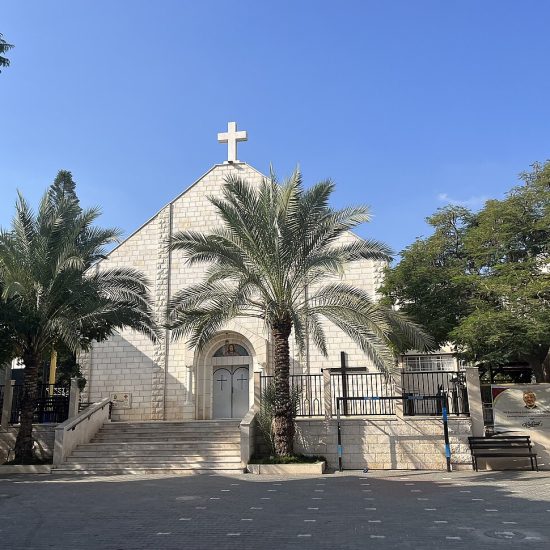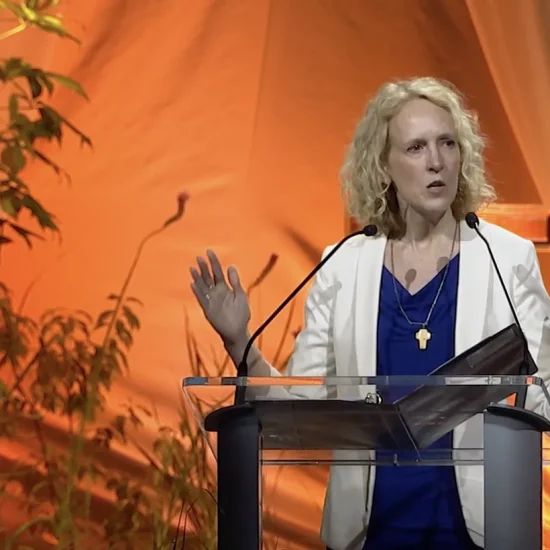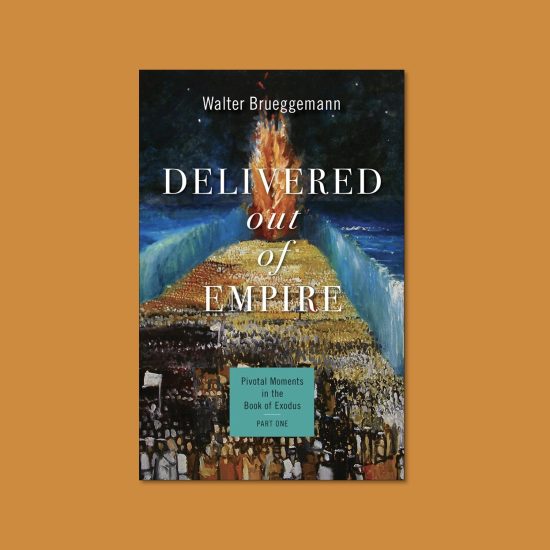An old Sunday School register hangs on the wall in my church office. Throughout my childhood, this is where my home church, Maple Grove Baptist, faithfully recorded important church metrics each Sunday: number on the roll, attendance last Sunday, attendance today, record attendance, offering last Sunday, offering today, record offering, etc.
 Doyle SagerWhen Maple Grove voted to disband back in the 1990s, I told the people gathered at a farewell/church closure worship service that I would like to have the register as a memento of the congregation that had nurtured me in the faith and launched me into vocational ministry.
Doyle SagerWhen Maple Grove voted to disband back in the 1990s, I told the people gathered at a farewell/church closure worship service that I would like to have the register as a memento of the congregation that had nurtured me in the faith and launched me into vocational ministry.
As much nostalgia as that register generates, many of us are beginning to ask if we need some new metrics to measure congregational life and health in the 21st century. Granted, we still need the dashboard statistics of “nickels and noses” (offerings and attendance), because without a critical mass, effective ministry would be impossible. But a careful study of the New Testament and of our culture leaves us crying for some new ways to evaluate kingdom work.
I can think of at least three reasons why we need to find some new yardsticks to measure church life.
1. We need some new metrics because of Jesus’ teachings and priorities.
Here’s a Jesus quote not found in any of our four gospels: “Hey, disciples, listen up. Synagogue attendance has been down lately; we need a new campaign to get people here. Maybe we could give away a free donkey to the one who brings the most friends next Saturday.”
If we read Scripture carefully, we are more likely to encounter the opposite from Jesus. In Luke 14, our Savior notices a large crowd following him and begins to talk about the extreme cost of discipleship (Jesus’ version of an “en-small-ment” campaign vs. an enlargement campaign).
He seemed more focused on quality, not quantity, on faithfulness, not success, and on disciples, not decisions.
2. We need some new metrics because culture and attendance patterns are changing dramatically.
Life in the United States is far different today than it was in the 1950s and ’60s when Maple Grove posted those weekly counts. To paraphrase a famous line, “We aren’t in Mayberry anymore!” Nowadays, a person who attends church once a month is considered a regular attendee.
Have you noticed? We don’t pass out many perfect attendance Sunday School pins anymore! Why? Greater mobility, more people working Sunday jobs, more sporting events, etc. But the point is, churches may need to pay more attention to monthly and yearly attendance than weekly attendance — how many people are we ministering to over time?
3. We need some new metrics because we get what we measure (and that may not be a good thing).
If we measure only those who come to the building, we reinforce a culture that values sitting and watching a performance by a few super-hired-holy men and women.
An obsession with numbers also creates a subconscious focus on bottom-line results. Years ago, I worked with a person who served on our stewardship committee, assisting us in putting together a proposed church budget for the coming year. He said, “This is simple. Just show me results, something quantifiable, and we will know which ministries to reward with funds for next year.”
I pleaded with this man to slow down. If we were not careful, we would get what we rewarded.
Did we want a huge youth group? Simple. Plan fun events instead of offering quality Bible study and discipleship.
Did we want more baptisms? Simple. Get people down the aisle. But what if the pressure to produce results caused us to seek decisions which short-
circuited authentic evangelism? How easy it would be for our faith-sharing to bypass intangible (but eternal) things such as genuine repentance and the Holy Spirit’s timing.
I think he got the point.
Yes, we still need hard data. But we need more than the old metrics. The truth is that most of the figures on the Maple Grove Sunday School register measured internal functioning (keeping the lights on, equipping believers with Bible knowledge and inspiring them through worship).
To use the language of Jesus in John 15 (the vine and the branches), the old metrics measure the condition of the soil; they do not measure the fruit.
I have three suggestions:
1. Buy and read Gil Rendle’s book, “Doing the Math of Mission: Fruits, Faithfulness and Metrics.”
2. Start thinking in terms of kingdom metrics vs. program metrics (i.e., think like Jesus).
3. Help me continue this conversation. In next month’s column, I’ll offer some models of new, health-based metrics.
Stay tuned.
Doyle Sager is senior pastor of First Baptist Church in Jefferson City, Mo.






